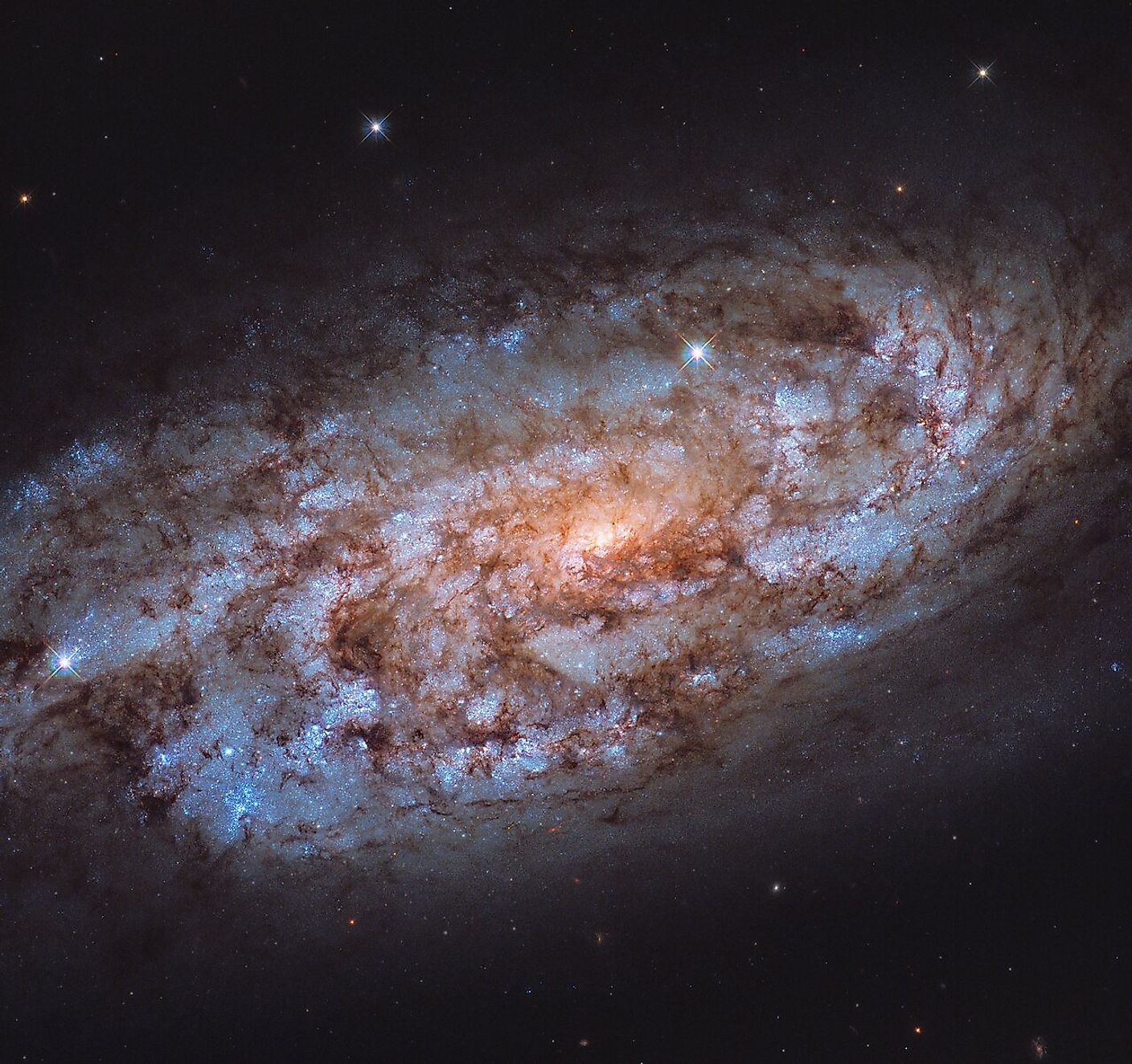
What Is The Oldest Planet Ever Found?
Our solar system formed around 4.5-billion years ago. Relative to us, 4.5-billion years is an immense amount of time. It is nearly impossible for our minds to grasp just how long 4.5-billion years truly is. Even if you were to live to say, 100-years old, that would only represent 0.0000022% of the total lifetime of the solar system. While the age of our solar system seems immense, it is nowhere near as old as the oldest known planet in the universe. The oldest planet ever found in the universe is an exoplanet designated as PSR B1620-26 b. It has an estimated age of 12.7-billion years, making it 2.8 times older than our solar system. It has also been nicknamed Methusalah, after the oldest character from the bible.
Discovery
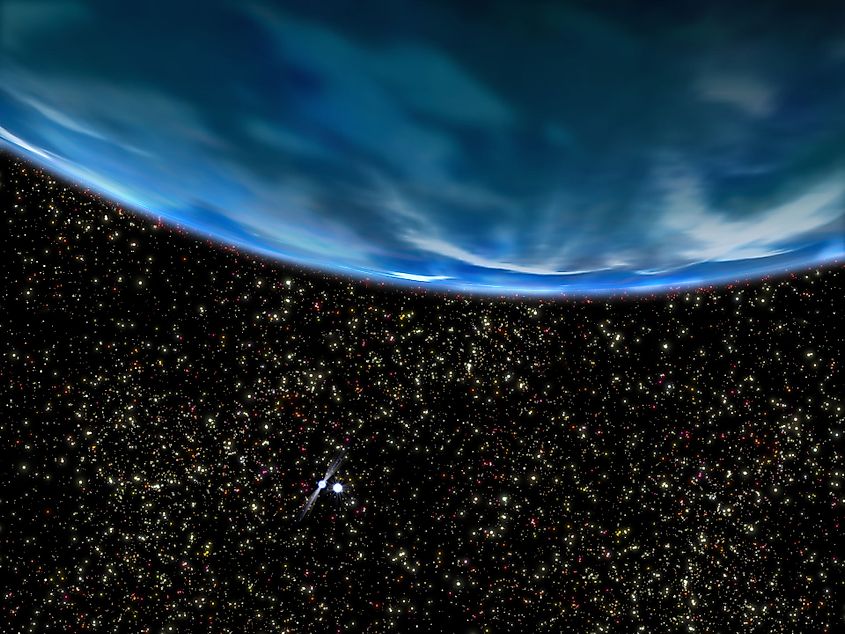
Unlike most exoplanets discovered, Methusalah does not orbit a typical star. Rather, it is a circumbinary planet, meaning it orbits two different objects. These two objects, however, are not main-sequence stars. Rather than stars, Methusalah orbits a white dwarf and a pulsar, both of which are stellar remnants. White dwarfs form from sun-like stars, while pulsars form in the aftermath of a supernova. Interestingly, Methusalah was actually one of the first planets ever detected beyond our solar system. The existence of Methusalah was announced in 1993, and like most planets beyond our solar system discovered at that time, Methusalah was found using the radial velocity method. The radial velocity method uses the Doppler Effect to look for evidence of exoplanets. While we generally think of planets orbiting stars, planets also exert a gravitational pull on their stars. The radial velocity method looks for any wobble in a star’s movement caused by the gravity of an orbiting planet.
While the movement of a star due to a nearby planet is minuscule, sensitive technology can detect it through observations of a star’s light. The Doppler Effect describes how an objects light will change wavelength depending on the the direction and speed of an object’s motion. When an object moves towards you, its light will be compressed and blue-shifted. If that same object moves away from you, its light will be stretched and red-shifted. So if a planet is pulling on its parent star, the star’s motion will change relative to us, allowing astronomers to calculate the star’s Doppler shift. In the case of Methusalah, astronomers observed a Doppler shift in the light of the nearby pulsar, and calculations showed that the most likely explanation was that a planet was exerting a gravitational force on the pulsar, causing it to move ever so slightly.
Age
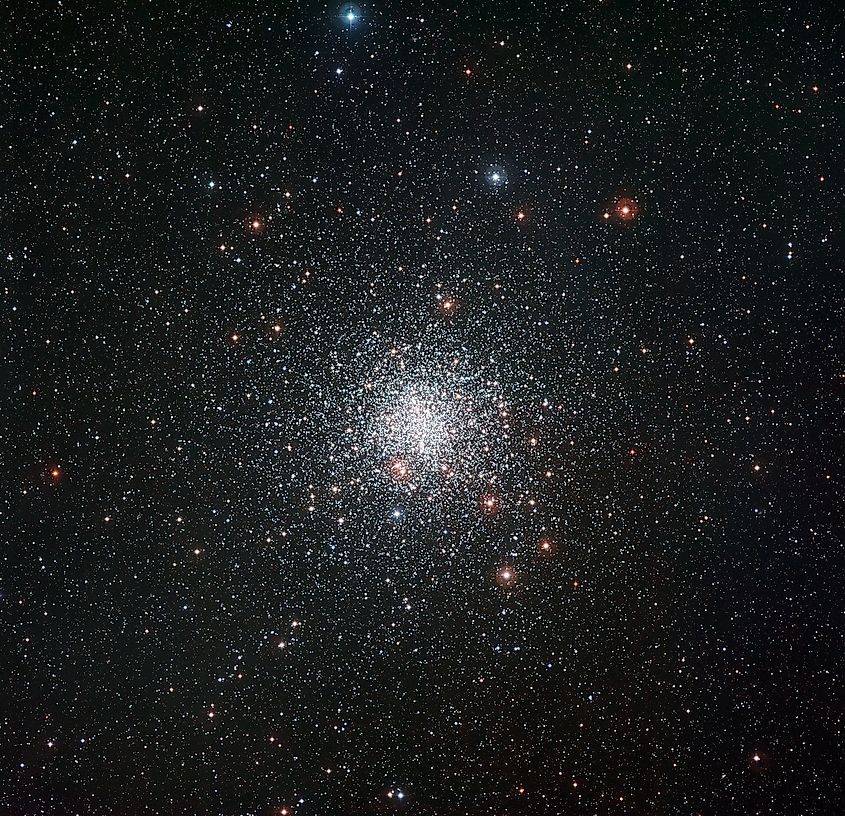
In addition to Methusalah being the oldest planet ever discovered, it is also unique in that it was the first planet ever found to orbit more than one object, and it was also the first planet ever found within a globular cluster of stars. The globular cluster, designated as Messier 4, has an estimated age of 12.7-billion years and is located 12,400-light years away. Globular clusters tend to be quite old, which is due to the abundance of low mass stars that can burn for hundreds of billions of years contained within them. Globular clusters can also contain thousands to millions of individual stars, their mutual gravity holding the structure together for billions of years. Most stars within globular clusters likely formed within the cluster itself, and so any planets that orbit within the globular cluster are likely the same age. Thus, Methusalah is estimated to be around 12.7 billion years old, making it the oldest planet ever found and 2.8 times older than the Earth.
Characteristics
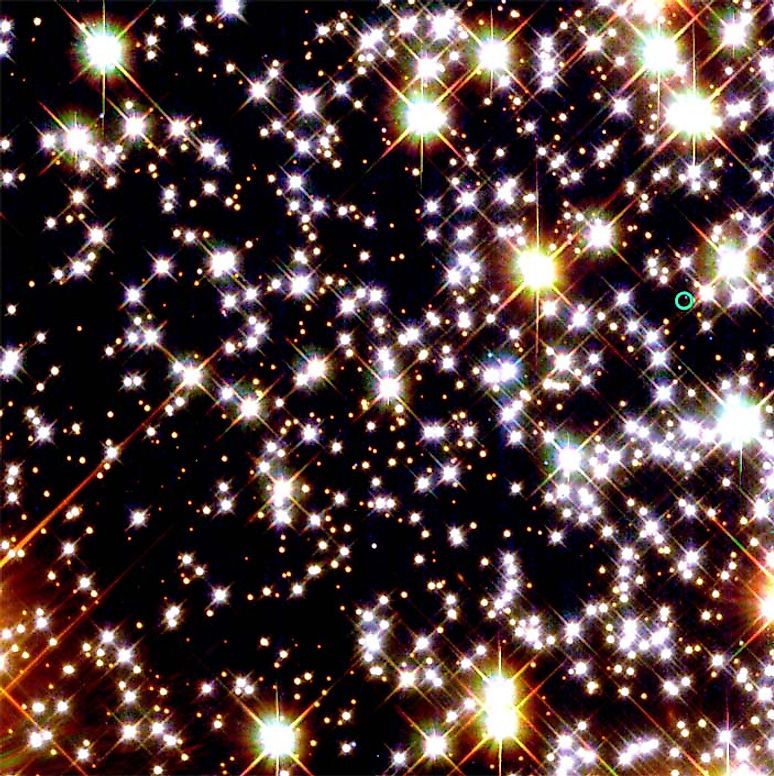
Methusalah has a mass 2.7 times larger than Jupiter, meaning it is likely a gas giant. It orbits at a distance of 2.1-billion miles (3.4 billion kilometres) and takes approximately 100-years to complete a single orbit. Other than its age, mass, and distance, not much more is known about this ancient planet, yet astronomers believe that it may have once orbited a star not so different from our sun. It is unlikely that Methusalah formed in orbit around the white dwarf and pulsar as their gravity is simply not strong enough to pull in enough material for a planet to form. Rather, astronomers believe that Methusalah likely formed around a sun-like star that eventually became a white dwarf. Methusalah is located at a far enough distance that it would have survived the red giant phase of the star just prior to the formation of the white dwarf.
An Interesting Perspective
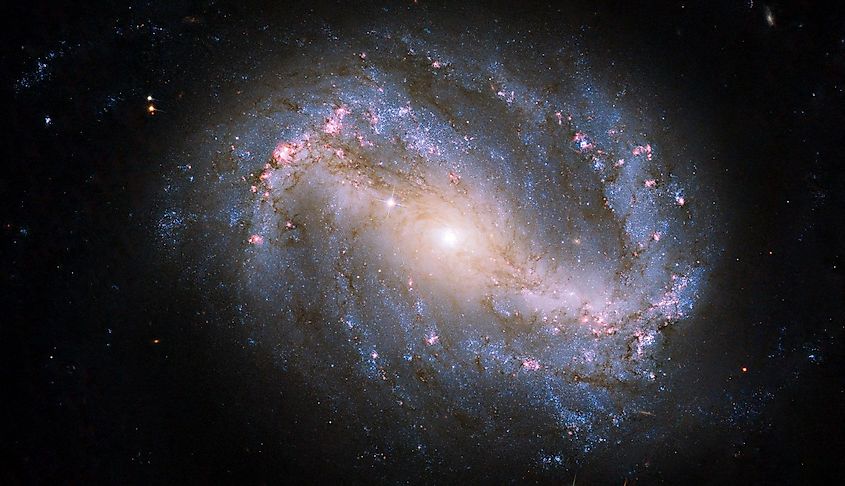
The universe is home to over 100-billion galaxies. On average, galaxies contain anywhere from 100-billion to a trillion stars, and astronomers believe that most stars are orbited by one or more planets. This makes it very unlikely that Methusalah is a unique world, and there are likely countless other worlds that predate the formation of our solar system by billions of years. It’s amazing to wonder what these worlds may have experienced over the course of their existence, especially when we consider the sheer amount of change that the planets in our solar system have experienced in their 4.5-billion year history. The universe contains countless worlds experiencing countless moments.











